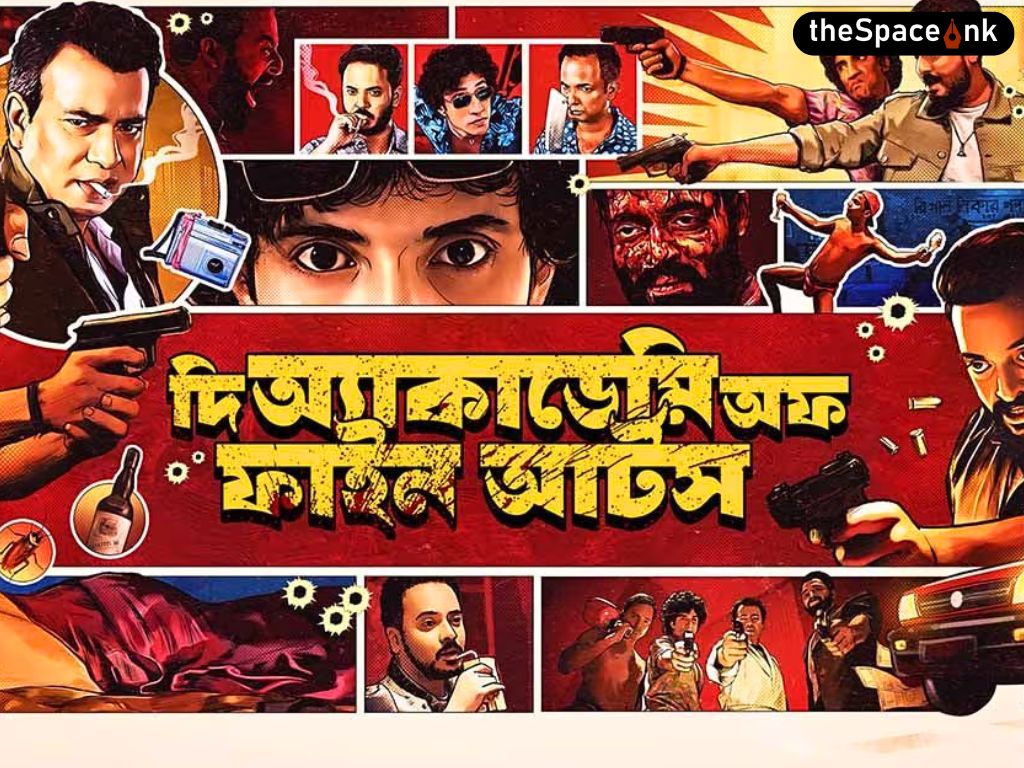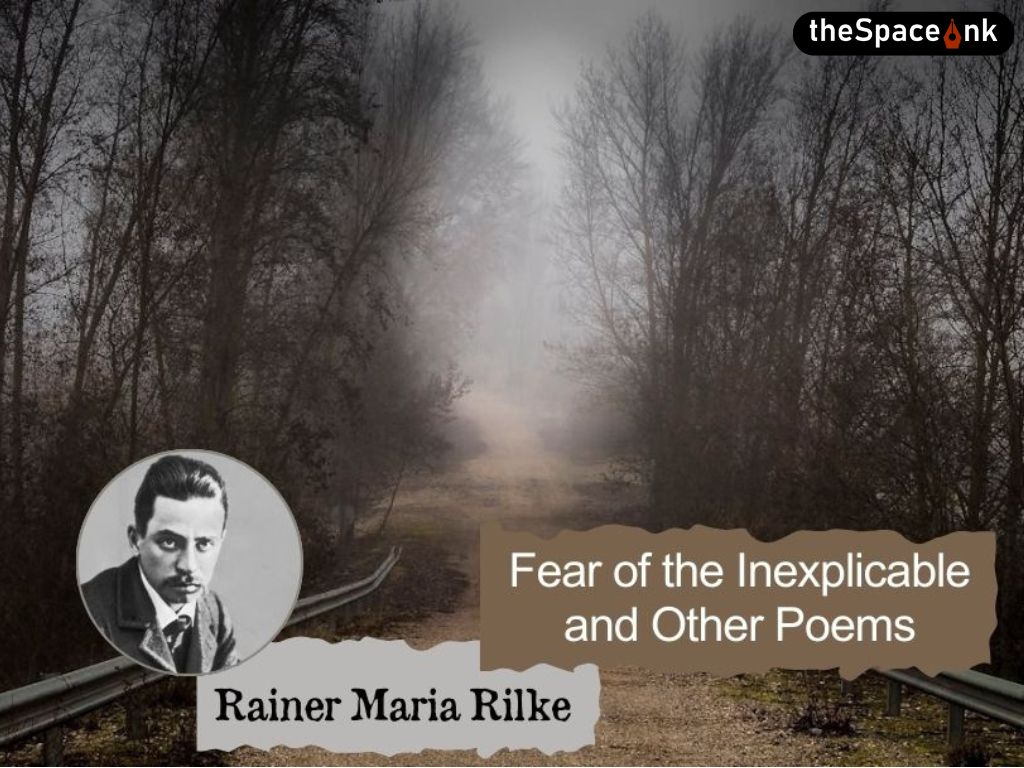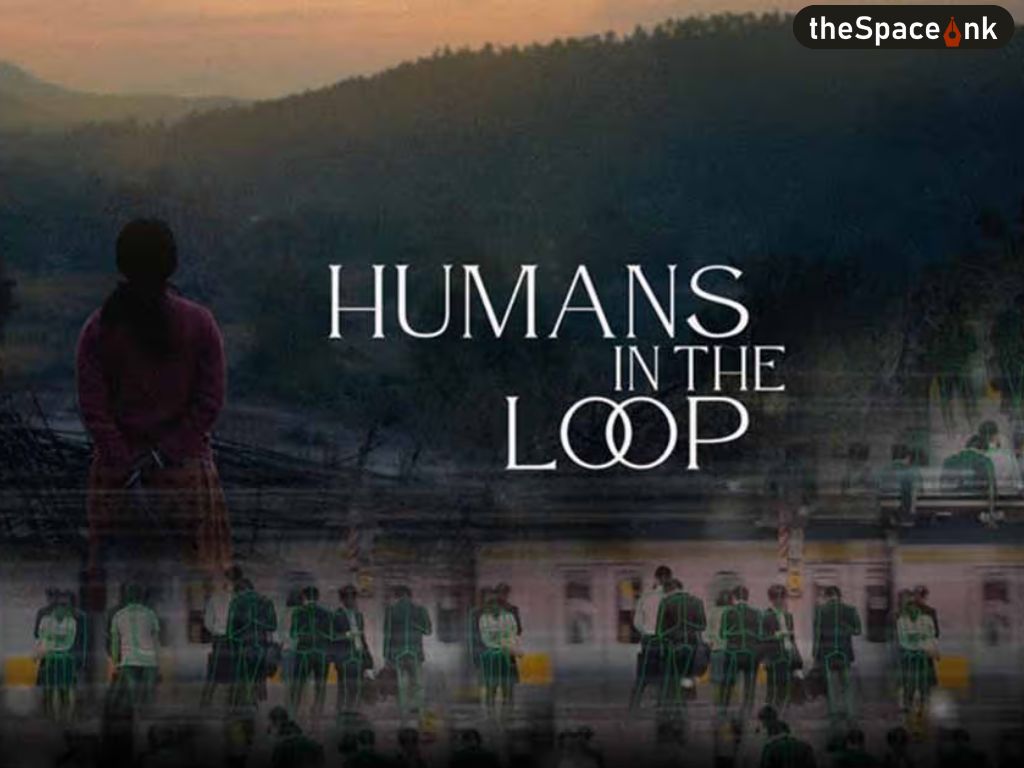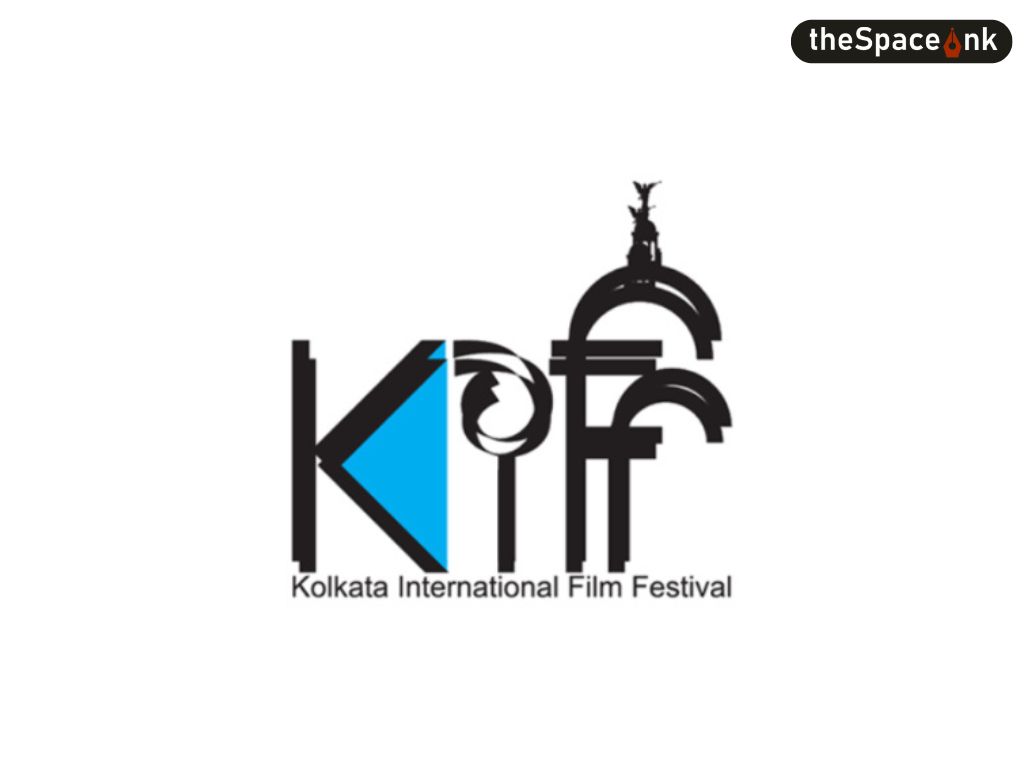Title- Draupadi
Author- Koral Dasgupta
Publisher- Pan
September 2022
Paperback – 226 pages
Price- INR 350/-
Koral Dasgupta is an author with a mission. Her mission is to present the stories of the Pancha Kanyas and the five Satis depicted in our mythological epics, the Mahabharata and the Ramayana. Through the perspectives and voices of these women we get a completely different insight into their lives, loves and tragedies, viewed from their individual points of view, quite different from the way they have been fleshed out and portrayed in the original epics. Who are these five women? The Pancha Kanyas are– Ahalya, Kunti, Draupadi, Mandodari and Tara while the five Satis are – Sita, Sati, Savitri, Damayanti and Arundhati. Dasgupta’s studies on Ahalya and Kunti have already been published and appreciated, Draupadi is her third book in the series of Pancha Kanyas.
Feminine perspectives on Draupadi by women writers and performers are not new. But as the women who wrote and performed them belong to different times and spaces, their points of view are at a variant though they are united in underlining the patriarchal modes in which these women have been treated by the epics where the men are prominent, brave, courageous, villainish or demon-like. Though the women characters are not as weak as they are shown in most other literature; they are allowed to voice their laments, grievances, complaints, critiques but only in relation to the men in the epics and not in relation to themselves. Koral Dasgupta adds to this rarely explored literature through the massive analysis of the epics by eminent scholars, mostly men, this time, by a brave woman who believes in what she writes and she writes what she really believes in.
Also read: Book Review- Nautanki Saala and Other Stories
It all began with Irawati Karve’s Yuganta written originally in Marathi, which is about the Mahabharata narrated entirely from Karve’s perspective. Yuganta is probably the most dispassionate dissection of the story and characters. Karve analyses the position of women in the patrilineal society, the different nature of friendships and the impact of hero-worship on the various interpretations.. Through these characters, the author tries to imagine ‘what might have been’ the actual scenario. Karve studies the key characters of the Mahabharata, strips them of their mythical powers and presents them as ordinary humans struggling and grappling with issues that are as alive today as they were 3000 years back.
Contemporary Hindi poet Suman Kesahri imagines what the original author denied Draupadi by stating what Draupadi would have said had the author given her a ‘voice.’ “Draupadi, Panchali, Krishna, Yajnaseni – all of these are adjectives, none of them is a noun. Did it ever strike you that I have no name? I had only raised some questions, I only had some queries. And you have taken away even my name!”
Late theatre actor, playwright and director Shaoli Mitra wrote Nathabati Anathbat, a solo theatrical performance. This play was translated from Bengali into English by Rita Datta in 2005 as Five Lords, Yet None a Protector. Mitra narrates the life and struggles of Draupadi, the shared wife of the Pandava brothers. The title of the play Nathabati Anathbat means that despite having a husband, a woman remains as if without one. Shaoli Mitra justifies the title by narrating the incidents from the great epic where Draupadi‟s vulnerability has been exposed. Despite having five husbands, and that too the most powerful men, she becomes the victim of inhumanity.

According to Dasgupta’s unique interpretation, Draupadi’s internalised story, marginalised in the original epic, is thrown open from completely different points of view– her unique friendship with Lord Krishna, her sense of being betrayed, her relationships with Kunti and Bhishma and her dream of creating and sustaining a loving home in spite of everything that has befallen her. Through her unique vision, her fluid writing style, her language without the use of theory or textually verbose vocabulary, Dasgupta convinces all from the erudite to the lay reader.
At one point, she asks, “How can I be split between the brothers? I am not a slice of mango to pleasure starved tongues. I was angry, hurt and unsettled, looking for the rudest of words to torment my beloved.” In the original Mahabharata, Draupadi stands for no more than a ‘symbol’ of honour for the Pandavas; her body is a blank page on which scripts of revenge and humiliation, the story of men fighting like a pack of dogs are written; when she raises the question of whether a lady of the royal family deserves this treatment, Duryodhana says that she deserves this treatment precisely because she is a lady from the royal family; she has to be humiliated because she is the ‘woman’ of the enemy; Thus, she is denied all agency and individuality of her own.
In this book, Dasgupta introduces us to a slightly different Krishna as the conscience and not the conscience-keeper of Draupadi, a friend she could confide in, question and when she feels fit, to seek his advice too. We see the way in which Krishna played a significant role in determining Draupadi’s fate. We find how Krishna helps her evolve into a powerful woman who, humiliated in public, vows to bring doom to those responsible for her humiliation inside a packed courtroom.
We find her becoming a woman who forever keeps asking questions to Krishna, to Arjun, to Kunti, and how this questioning nature led to her metamorphosis from a shy bride to a courageous woman who is not afraid to ask questions and also demands answers in front of everyone, including her father-in-law. Her relationship with Bhishma is also explored at length and with a rare sense of depth by the author.
Koral Dasgupta tries to set the wrongs done to her right. And in her unique and convincing style, she succeeds and how! An intriguing and revealing read.
Draupadi is available for sale on Amazon & Flipkart
Shoma A. Chatterji is a freelance journalist, film scholar and author based in Kolkata. She has won the National Award twice, in 1991 and 2000. She has authored 26 published titles of which 14 are on different areas of Indian cinema. She holds two Masters Degrees and a Ph.D. in History (Indian Cinema). She has also won a few Lifetime Achievement Awards from different organizations over time.








